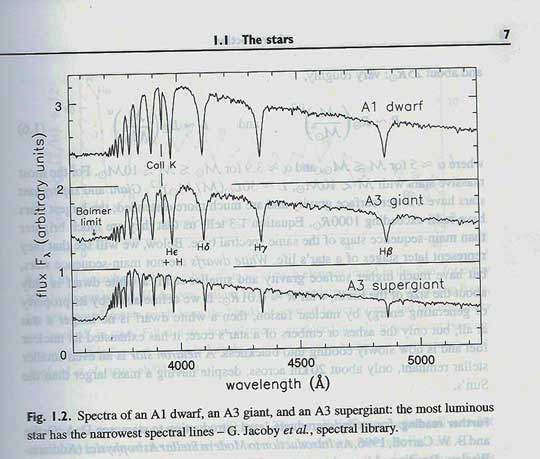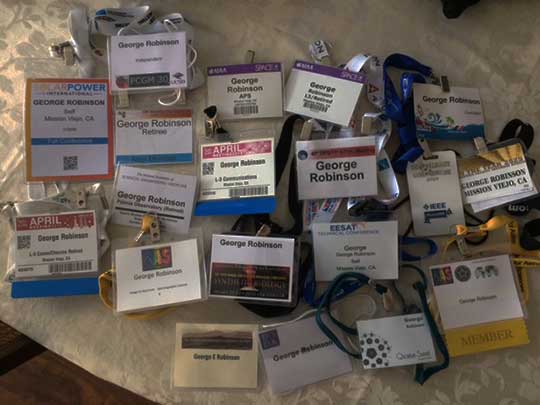Well this has been another week made for meteorologists, not astronomers. I haven't been able to practice at all for finding Algol in anticipation for our scheduled eclipse light curve measurement on Jan 24-25. The forecast for that time does not look very good either. Yes, bad week for observing, in fact, we just received the email from OCA President, Steve, that the Black Star party has been cancelled also. Luckily, we had good weather for the
OCA Banquet, where we had good food (and martinis) and friends and a great getting ready for the eclipse lecture by Joel Harris. Thank you everyone (Steve, Bonnie and all the volunteers) who helped make it a success! Thanks too for our wonderful tablemates, Retired Hughes Employees, John and Becky, Theater Impressarios and Telescope lenders, Scott and Sandra, and of course Resident Astronomer Peggy. And I forgot to take any pictures, oops!
So, this has been another week of mostly indoor activities. First, I signed up for a Python class through UCI Extension. I used to read through C code and even many years before that even write page after page of C code. Now, C and many other languages are becoming obsolete, or at least not used that much, and newer languages like Python are becoming more used, especially in the astronomy community. I've attended many astronomy conference where the presenters talk about how they use Python to do their analysis, so I decided I will take a turn at seeing what Python is all about. This is the first week of the internet class and already I'm wondering why in the heck did I sign up for this class? I'm already too busy and I'm not sure if I have the energy to do a real class anymore. Anyway time will tell.
Another indoor event this week was attendance at the OC Sigma Xi chapter dinner meeting. I'm not a member, but it is often fun to attend and have dinner (and famous martinis by hotel bartender, Julio) and hear the speaker and meet up with other associates.
Another mostly inside activity was attendance at the UCI Physical Sciences (free) Breakfast meeting last week. Afterwards, Just Retired Semiconductor Physicist, John, and I walked up to the bookstore to check out any new and interesting textbooks. I found "Galaxies in the Universe" to be just the kind of book I was looking for. So often, when you order a book on Amazon or elsewhere, you are never quite sure if the book fits in with your level of complexity and interest. I have many books, that looked good on Amazon, but once they arrived here, are so complex and so written for real experts, that they are practically useless for me. Well, here this book was just the right level of technical stuff and was written in a self contained way that made the topics of interest to physicist wannabes like myself. The mathematical level was set just right and the details were written for generalists and not so specific as to be of value only to experts and specialists in the field. It's also nice to get back on campus and see all the students scurrying around and remember what it was like so many years ago for us too.
 |
| Great textbook that is the right level of complexity for amateurs and physicist wannabes |
Now, for the interesting astronomical observation, not how the broadening is most severe for the dwarf A3 star and the lines get narrower for the giant and supergiant stars. At first this struck me as wrong because you would think that the larger star would have the highest pressure and therefore the most broadening. But that is not the case. Remember that even though the pressure in the interior of a star would be higher for the larger size star. But, the light that we observe for the star comes from the outer photosphere of the star and the pressure at that radius depends both on the mass of the star and the radius. So, for very large diameters stars, you could find that the surface pressure is less than you would find on a small dwarf star. Pretty neat! Indications of the stellar size can be found by this type of analysis of spectral lines.
 |
| Pressure Broadening of Stellar Spectra identifies size of stars Source: Galaxies in the Universe, by Sparke and Gallagher |
 |
| Badges! I don't need no stinking badges! Spring cleaning finds history of conference attendance |
Finally, we should end with a little fun, thanks to this email from Telescope, Still Packed up in the Garage, Frank, who found this interesting take on energy storage technology and electric vehicles. Now, I really appreciated this video because I had spent several years trying to develop and find real market opportunities for large energy storage systems for hybrid propulsion, electromagnetic launching of aircraft, rail guns and renewable energy utility installations. Anyway, I couldn't help laughing at this video. Sorry, for all you electric cars enthusiasts (you know who you are), its all just in fun! Check out: http://sundown.me.uk/
Thanks for that Frank!
Until next time,
Resident Astronomer George
There are over 200 postings of similar topics on this blog
If you are interested in things astronomical or in astrophysics and cosmology
Check out this blog at www.palmiaobservatory.com


No comments:
Post a Comment